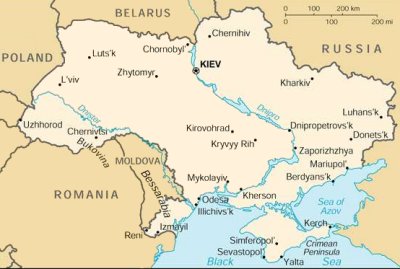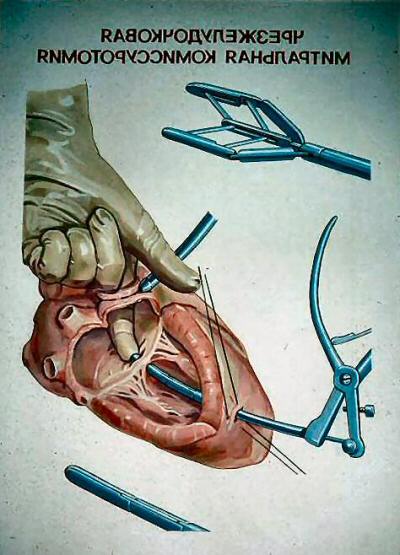
Ukraine
1999


| Location: | Eastern Europe, bordering the Black Sea,
between Poland and Russia 49 00 N, 32 00 E |
| Population: | 48,760,474 (July 2001 est.) |
| Area: | total: 603,700 sq km land: 603,700 sq km water: 0 sq km slightly smaller than Texas |
| Climate: | temperate continental; Mediterranean only on the southern Crimean coast; precipitation disproportionately distributed, highest in west and north, lesser in east and southeast; winters vary from cool along the Black Sea to cold farther inland; summers are warm across the greater part of the country, hot in the south |
| Terrain: | most of Ukraine consists of fertile plains (steppes) and plateaus, mountains being found only in the west (the Carpathians), and in the Crimean Peninsula in the extreme south |
| Elevation: | lowest point: Black Sea 0 m highest point: Hora Hoverla 2,061 m |